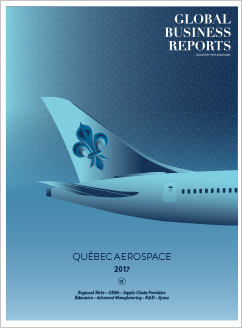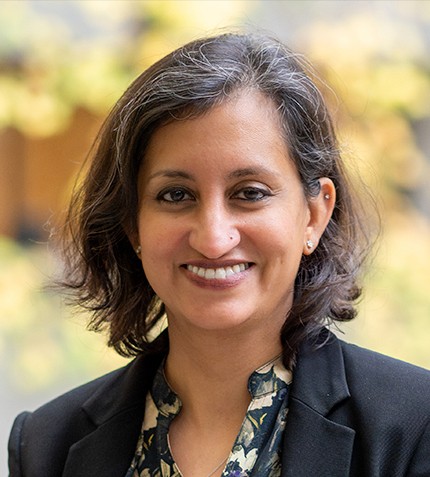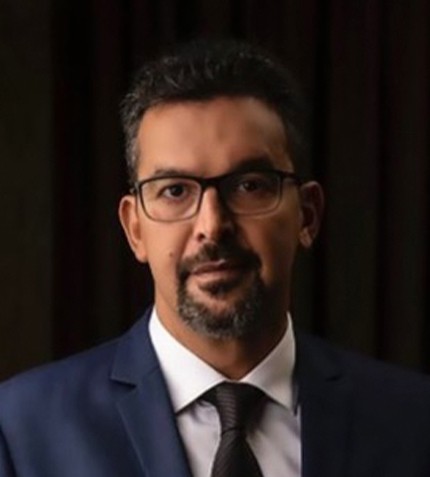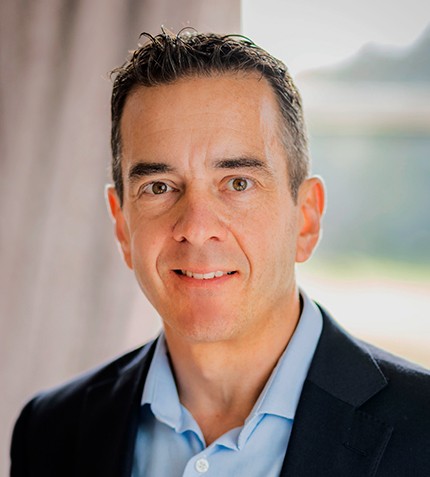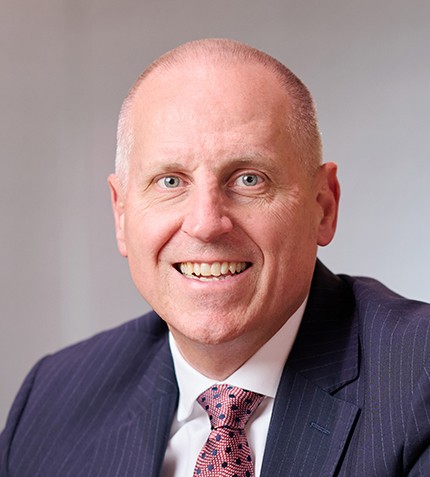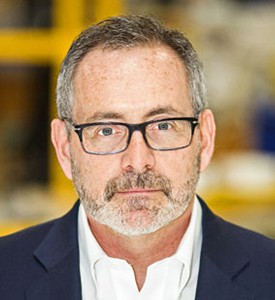
Mecaer America Inc. specializes in the design, manufacturing and qualification of integrated landing gear systems.
RELATED PUBLICATION
ARTICLES FROM THIS PUBLICATION
- Interfacing with Industry: Québec’s Universities Fortify Aerospace Activity
- Driving Efficiency to Increase Competitiveness: Québec’s Service and Equipment Providers
- The Big Four and the Competitiveness of Québec’s Aerospace Supply Chain
- Banding Together: Québec’s Innovation Ecosystem
- Aerospace in Québec: The Case for an Industrial Policy
- A New Order: Québec’s Supply Chain Reaches Turning Point
- Québec’s Aerospace 4.0: A Solution to Cost Pressures?
- Quebéc Aerospace: Education
- Safety First
Chris O’Neill
PRESIDENT & COO, MECAER AMERICA INC.
What is the relationship between Mecaer America and its parent company Mecaer Aviation Group?
Mecaer America is a Canadian company and a wholly owned subsidiary of Mecaer Aviation Group. In Canada, our operations are self-sufficient in terms of the development, design, manufacturing and testing of landing gear systems. Mecaer America is the world’s smallest landing gear design integrator which allows us immense flexibility compared to our much larger competitors.
Could you expand on the company’s service offering?
Mecaer America offers plug-and-play design and manufacturing. We are a build-to-print integrator as well as a design integrator for sub-assemblies and entire systems, working mostly with large clients such as Airbus, AgustaWestland, Bell Helicopter and United Technologies Corporation (UTC). Our business is split 70% for build-to-print for UTC and 20% to 40% for design programs split equally between Europe and North America.
In July 2016, Mecaer America announced a CA$40.4 million investment into its Laval facility. What are the plans for the facility’s development?
The investment will help Mecaer America to support new product development programs where the upfront costs for design and certification are onerous; landing gear programs cost upward of CA$10 to 20 million to certify. We will also be investing CA$12 million to CA$15 million over the next 10 years in new machinery and a large drop tower to be able to test our products.
How supportive are the regional and national governments of the aerospace industry?
The Québec and federal government are very supportive and are in fact contributing to the investment in our Laval facility. In order to compete with emerging economies, it is essential that governments offer support to aerospace companies to level the playing field. However, the industry also needs to stand on its own two feet.
Are there any notable areas of development and innovation on which Mecaer is currently focusing?
A big focus is electro-mechanical actuation and steering control, which contributes to weight reduction. It is a first-generation technology which is still finding its feet but is here to stay. Additive manufacturing is beginning to make an impact on aerospace production but is in its infancy and is not yet a great area of focus for us.
Given the recent change in U.S. Administration, do you foresee any challenges concerning exports into the United States, one of Canada’s key export markets?
Although NAFTA is important to our business in Canada, there was a free trade agreement in place before NAFTA was established covering aerospace. We hope that will continue to be the case regardless of any changes to NAFTA. However, we are concerned that the free movement of our staff between Canada and our sister company in Philadelphia and an office we have in Dallas could be affected. We will find a way around these uncertainties but the political climate makes it difficult to take long term decisions.
What effect will the consolidation supply chains have on Québec’s aerospace industry?
The demands of OEMs are becoming more sophisticated every year. This makes it harder for smaller suppliers to compete, which will cause further consolidation. In addition, there is less work as consolidation takes root. Given our position as an order placer and Tier 1 supplier, this affects Mecaer America less than smaller companies. Every momentous change in business allows for both opportunity and concern. We will find a way to exploit this opportunity but the impact on smaller companies producing manufactured parts will be more pronounced. They will either need to integrate or will be forced to drop out of the market.
What are your views on smaller companies forming consortiums?
In theory, it is a great idea. However, the aerospace industry in Québec has developed solely in a private market, meaning that there is a strong sense of entrepreneurialism which can impede consortiums forming. Companies in the US are beginning to band together and this should happen more in Québec.
Where should the industry focus its progress to remain competitive?
The industry should focus on investment in the bricks and mortar and heavy equipment. We need to turn the page on supporting the big OEMs. While assembly, fixtures and computers for engineers are easy to move abroad, it is not as simple to move heavy equipment. The government should also heavily invest in Industry 4.0 but in a practical way that enables the entrepreneur to take advantage of their support.
What is Mecaer America’s vision for the next three to five years?
Mecaer America is focusing on diversifying its client base. We have created a strategy document using the MACH initiative to help us with this. We will also focus on investments into our product offering and new equipment.




